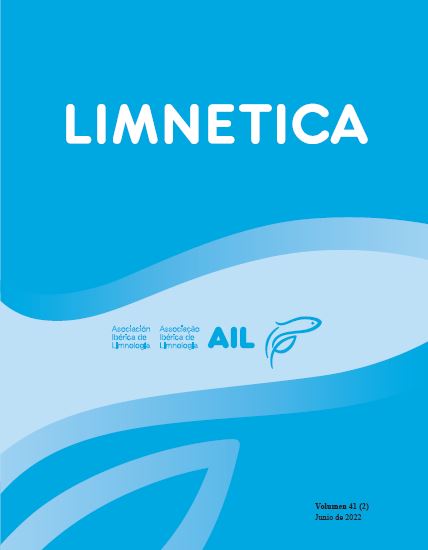Seston and eutrophication on a tropical karst lake district: Lagunas de Montebello, Chiapas, Mexico
摘要
Large quantities of seston are among the most important indicators of eutrophication in aquatic ecosystems. The present study aimed to elucidate the role seston plays in the general limnological dynamics of a cluster of eighteen tropical karstic lakes with different anthropic impacts (non-impacted, oligotrophic, clear-water lakes, and impacted, eutrophic, turbid-water lakes) of the “Lagunas de Montebello” National Park lake district. The seston concentration was measured twice, in the warm/rainy and the cold/dry season. Vertical profiles of temperature, dissolved oxygen, electrical conductivity, pH, and photosynthetic active radiation (PAR) were recorded at each lake. Water samples were taken along the water column to evaluate seston and chlorophyll a (Chl-a) concentration. Impacted lakes displayed higher seston (4.1-21.0 mg/L) and Chl-a (8.1-129.8 μg/L) concentrations, reduced euphotic zone (ZEU = 2.6-6.3 m), and superficial thermo- (gradient = 0.8 ± 0.2 °C/m) and oxyclines (gradient = 4.7 ± 2.4 mg DO/m). Non-impacted lakes had lower seston (1.0-2.1 mg/L) and Chl-a (0.4-5.2 μg/L) concentrations, wide ZEU (10.1-33.4 m), and deeper thermo- (gradient = 0.5 ± 0.1 °C/m) and oxyclines (gradient = 0.6 ± 0.4 mg DO/m). The changes reported in impacted lakes linked with the increase in the seston and Chl-a concentrations are most likely related to the eutrophication process associated with anthropogenic activities (agriculture, urban development, land-use change) in the NW part of the area. This research highlights the fragility of the tropical karst lake ecosystems worth protecting to preserve the aquatic ecosystem’s health.
##submission.downloads##
已出版
期
栏目
##submission.license##
Los autores que publican en esta revista están de acuerdo con los siguientes términos:
- Limnetica está bajo una licencia de Creative Commons Atribución-NoComercial 4.0 Internacional.
b. Los autores pueden establecer por separado acuerdos adicionales para la distribución no exclusiva de la versión de la obra publicada en la revista (por ejemplo, situarlo en un repositorio institucional o publicarlo en un libro), con un reconocimiento de su publicación inicial en esta revista.
c. Se permite y se anima a los autores a difundir sus trabajos electrónicamente (por ejemplo, en repositorios institucionales o en su propio sitio web) antes y durante el proceso de envío, ya que puede dar lugar a intercambios productivos, así como a una citación más temprana y mayor de los trabajos publicados (Véase The Effect of Open Access) (en inglés).


